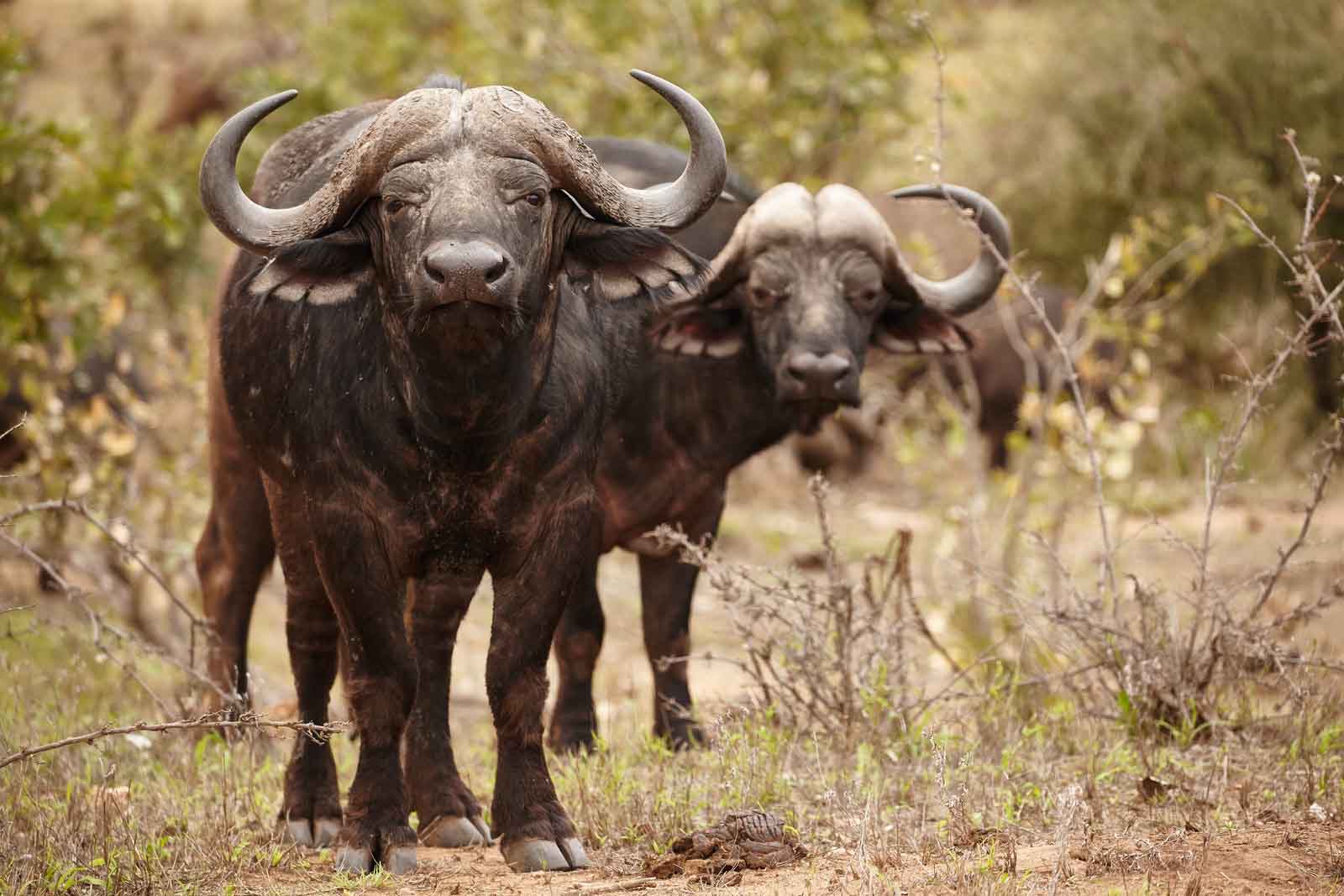According to a study conducted by Yale School of the Environment Oastler professor of Population and Community Ecology Oswald Schmitz, protecting wildlife around the globe could enhance carbon storage and capture by supercharging the ecosystem carbon sinks.
This study was published by Nature Climate Change with 15 co-authors from 8 countries. It examined 9 wildlife species: marine fish, whales and sharks; grey wolves; wildebeests; sea otters and musk elephants in Africa forest. Data shows that protecting and restoring these species' populations can collectively help capture an additional 6.41 billion tonnes of CO2 annually. It is 95 percent of what's needed to achieve the Paris Agreement goal of keeping global warming under 1.5 degrees Celsius.

According to Schmitz, wildlife species serve as the connection between biodiversity and climate through their interactions with the environment. These interactions make rewilding one of the most effective nature-based climate solutions that humans can implement. Schmitz's research has revealed that wild animals play an important role in regulating the carbon cycle in various ecosystems, such as terrestrial, freshwater, and marine, through activities such as foraging, nutrient deposition, and seed dispersal. The absence or presence of animals can significantly impact the dynamics of carbon uptake and storage.
According to research, if animal populations are endangered to the point of extinction, the ecosystems in which they live could be transformed from carbon sinks into carbon sources.
In the past 50 years, wildlife populations around the world have decreased by 70%. According to the study, solving climate change and biodiversity crises are two separate problems. The authors argue that the restoration of animal population should be part of the nature-based solutions for climate. It is called animating the Carbon Cycle to rewild animal populations in order to increase natural carbon storage and capture.
In the Galapagos islands over the past 50 years, the populations of many species have been impacted by a range of factors, including human activity, climate change, and introduced species.
One of the most significant threats to the wildlife populations around the Galapagos has been the introduction of non-native species. In the mid-20th century, humans began to introduce animals such as rats, goats, and pigs to the islands, either intentionally or accidentally. These animals have had a devastating impact on the local wildlife, competing with native species for resources and preying on vulnerable populations.
For example, goats were introduced to the islands in the early 1900s to provide a food source for humans. However, they quickly multiplied and began to consume large amounts of vegetation, leading to erosion and the loss of habitat for many native species. Similarly, rats have been known to prey on the eggs and young of birds, such as the critically endangered Galapagos petrel.
In addition to introduced species, climate change has also had an impact on the wildlife populations around the Galapagos. Rising sea temperatures have caused changes in ocean currents and led to the loss of marine biodiversity. This has had a knock-on effect on the many species that rely on the marine ecosystem for their survival.
Despite these challenges, there have been some successes in protecting and restoring wildlife populations around the Galapagos. In 1959, the Ecuadorian government declared the Galapagos Islands a national park, and in 1978, UNESCO designated them a World Heritage Site. These measures helped to protect the islands from further development and provided a framework for conservation efforts.
One notable success story is the Galapagos giant tortoise. In the 1960s, the population of these iconic animals was severely depleted due to hunting and habitat loss. However, conservation efforts such as captive breeding programs and habitat restoration have led to a significant increase in the population, from just a few thousand in the 1970s to around 60,000 today.
Another success story is the Galapagos penguin, which is the only penguin species found north of the equator. In the 1980s, there were only a few hundred of these penguins left, but conservation efforts such as the removal of introduced predators and the creation of protected areas have led to a population increase to around 2,000 today.
If you would like to explore and visit the populations of Galapagos penguins and giant tortoises in the western side of the archipelago, the endemic catamaran offers 7 night itineraries that visit the nesting areas on Isabela and Fernandina islands.
Overall, the past 50 years have been a mixed bag for wildlife populations around the Galapagos Islands. While there have been successes in protecting and restoring certain species, many others have been impacted by human activity and climate change. Moving forward, it will be important to continue to prioritize conservation efforts and work to address the root causes of these threats in order to ensure the survival of the unique and valuable wildlife of the Galapagos.
The authors of the study have identified several species worldwide that have high potential in helping to combat climate change. These include African buffalo, white rhino, puma, dingo, primates from both the Old and New Worlds, hornbills, fruit bats, harbor and gray seals, as well as loggerhead and green turtles.

The study emphasizes the importance of natural climate solutions to achieve the Paris Climate Agreement goals while simultaneously enhancing biodiversity conservation. The authors suggest that incorporating animals into climate solutions could expedite the process of removing 500GtCO2 from the atmosphere and increase the range of ecosystems that can contribute to limiting global warming to 1.5 degrees Celsius. Neglecting to consider animals could result in missed opportunities to expand the scope and spatial extent of ecosystems involved in mitigating climate change.